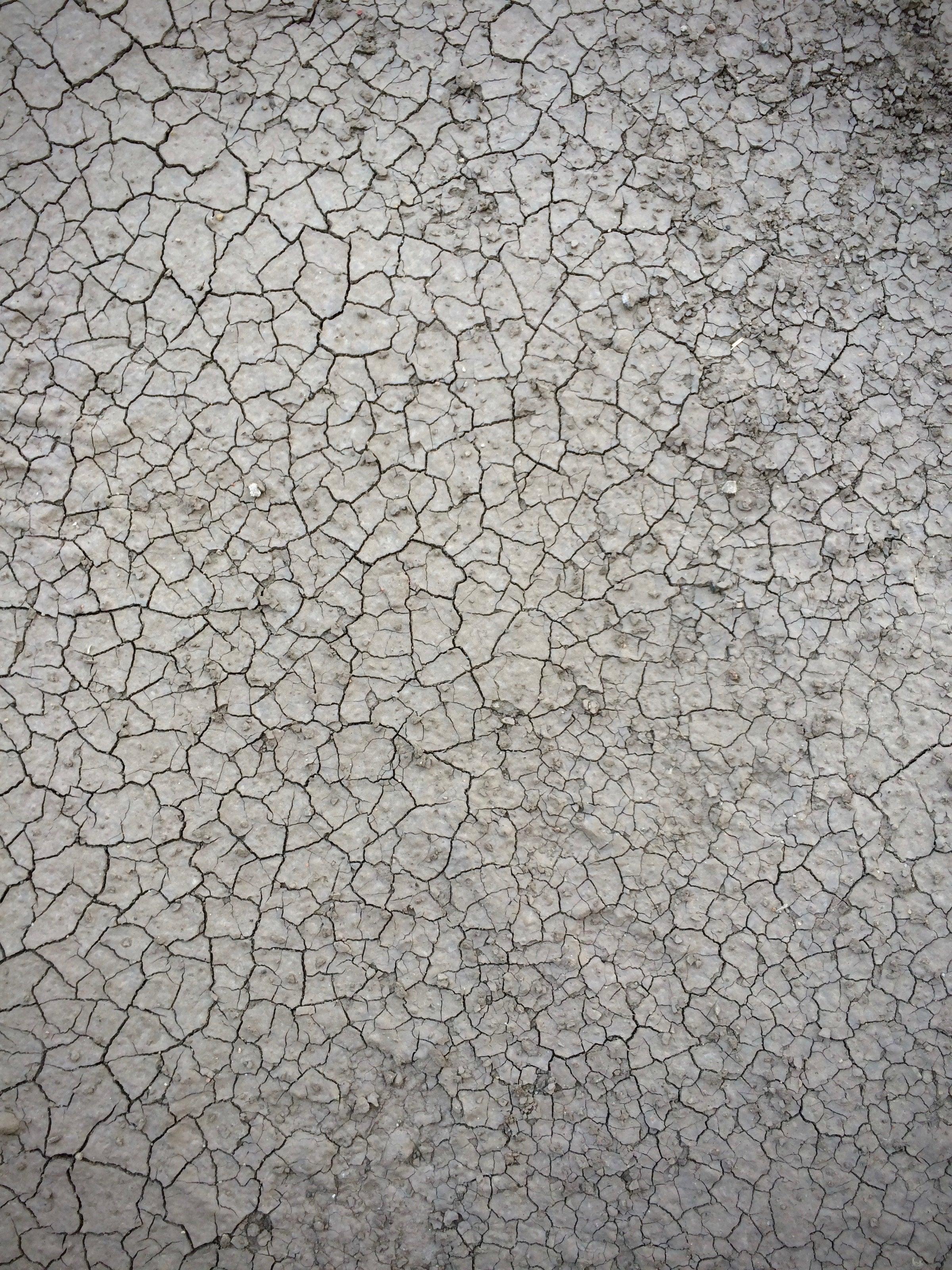How to Get Rid of Scaly Skin Patches: Getting Smooth and Hydrated Skin

How to Get Rid of a Dry Skin Patch: Getting Smooth and Hydrated Skin
Side by side with dry skin, scaly and flaky skin can be an extremely uncomfortable issue. Severe dry skin, which can result from environmental changes or genetic predispositions, may lead to further complications such as eczema and should be addressed promptly. There are many potential causes: from psoriasis, eczema, and atopic dermatitis to rare genetic disorders or allergic reactions. Depending on the cause, treatments can vary. If you have this issue and you are not sure how to solve it, read more to find out the causes of scaly skin patches and how you can treat it.

Understanding Dry Skin
Dry skin, also known as xerosis, is a common skin condition characterized by a lack of moisture in the skin. This condition can lead to discomfort, itchiness, and flakiness, making the skin appear rough and scaly. Various factors can trigger dry skin, including environmental changes like cold weather or low humidity, the use of harsh soaps and detergents, and underlying medical conditions such as hypothyroidism or diabetes. Understanding the causes and symptoms of dry skin is essential to effectively manage and prevent it. By recognizing what triggers your dry skin, you can take proactive steps to keep your skin hydrated and healthy.
Identifying and Diagnosing Skin Conditions
Identifying and diagnosing skin conditions that cause dry skin patches can be challenging but is crucial for effective treatment. A healthcare provider may perform a physical examination, review your medical history, and conduct diagnostic tests such as skin scrapings or biopsies. These tests help diagnose conditions like eczema, psoriasis, or contact dermatitis, which can all lead to dry, scaly patches. Accurate diagnosis is essential to develop an effective treatment plan tailored to your specific condition. If you notice persistent dry skin patches, it’s important to seek professional medical advice to determine the underlying cause and receive appropriate treatment.
Scaly Skin Patches Cause
Here are the five most common causes of why scaly patches on both body and face appear. Sensitive skin is particularly susceptible to irritation from environmental factors and household products, which can exacerbate these conditions. They might make your treatment go easier and for you to understand what these causes can mean.
Cause #1: Dry Skin
You need to understand that even though your skin can be dry, it doesn’t necessarily need to be flaky. However, there is a good amount of overlap. Meaning that the scaly skin usually comes as the result of a damaged or compromised skin barrier. And when the skin barrier is damaged, skin is prone to lose moisture, and finally scaly patches may appear.
To help retain moisture and support the skin's protective barrier, it is recommended to use gentle cleansers containing hyaluronic acid.
Cause #2: Psoriasis
Psoriasis is an inflammatory condition that can appear on both skin and body. What happens with this condition is that the skin actually is thicker in certain places. It grows so fast that it doesn't have time to shred at a normal pace. Finally, pink or red plaques of skin appear and that is how you get scaly patches.
Cause #3: Atopic Dermatitis and Eczema
Both atopic dermatitis and eczema are inflammatory conditions that cause the top skin layer to become red and scaly. If you leave it untreated it can cause the skin to break, bleed, and be flaky and scaly. Usually, certain skincare products can cause eczema to appear, while AD can be transferred genetically.
Healthcare providers can diagnose dry skin on the face primarily through physical examinations, and they may also utilize various tests to determine the underlying causes of the condition.
Cause #4: Seborrheic Dermatitis
Seborrheic dermatitis is also known as dandruff. It causes flaky skin on the scalp, which then falls off when you scratch it. Inflammation causes the skin to be scaly, centered around the hair follicle.
How to Treat Scaly Skin Patches
While some treatments can be done at home, others require a visit to a dermatologist’s office. To treat dry skin effectively, it is important to address both home remedies and medical treatments. For example, the treatment of seborrheic dermatitis isn’t the same as for eczema or atopic dermatitis. Here you need to address the yeast that is causing the problem and inflammation.
The key thing is locking moisture back into the skin. Dermatologists suggest using fragrance-free, oily-based ointments and creams. With After 9 Night Body moisturizer, you can hydrate the skin, just before going to sleep. Niacinamide, fruit, and plant extracts will gently exfoliate the skin but hydrate it perfectly.
These products usually are suggested for atopic dermatitis that can be mild or very strong. On the other hand, eczema often requires prescribed topical or oral steroids.
However, before locking the moisture, you can also try exfoliation, just to remove those dead skin cells that were bulking on the surface.
While scaly skin can be and look uncomfortable and alarming, with simple steps and a potential visit to the dermatologist, this problem can be solved. Gentle exfoliation, thick moisturizer or ointment, and proper diet will make your skin silky smooth again.
Managing and Preventing Dry Skin
Managing and preventing dry skin requires a combination of lifestyle changes, home remedies, and medical treatments. Keeping the skin moisturized is essential to prevent dryness and itchiness. Use gentle, fragrance-free soaps and avoid harsh chemicals that can strip the skin of its natural oils. Wearing breathable clothing made from natural fibers can also help to prevent irritation. Additionally, applying moisturizers regularly, especially after bathing, using humidifiers to add moisture to the air, and staying hydrated by drinking plenty of water can help to manage and prevent dry skin. By incorporating these habits into your daily routine, you can maintain smooth and hydrated skin.
Home Remedies and Lifestyle Changes
Home remedies and lifestyle changes can be highly effective in managing and preventing dry skin. Applying petroleum jelly, coconut oil, or shea butter can help to lock in moisture and soothe dry skin. These natural oils create a barrier that prevents moisture loss and keeps the skin hydrated. Taking oatmeal baths can also provide relief by soothing itchy skin and reducing inflammation. Using gentle exfoliants can help remove dead skin cells, allowing moisturizers to penetrate more effectively. Avoiding hot showers, which can strip the skin of its natural oils, and opting for lukewarm water instead can also help to relieve dry skin. Additionally, making lifestyle changes such as staying hydrated, eating a balanced diet rich in vitamins and minerals, and managing stress can contribute to healthier skin. By incorporating these simple yet effective remedies and habits, you can keep your skin smooth, hydrated, and free from dry patches.
















